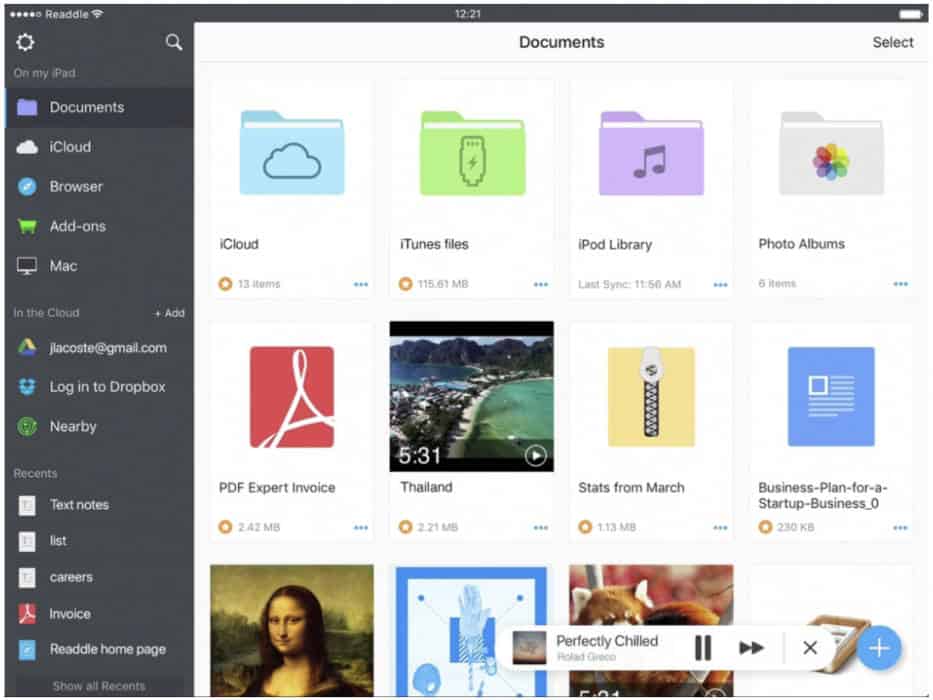2021. 6. 3. 07:58ㆍ카테고리 없음
- Network Permissions For App Mac Download
- Permissions On Mac
- Reset Mac Permissions
- Network Permissions For App Mac Free
Hi folks..
If your app interacts with devices using Bonjour or other local networking protocols, you must add support for local network privacy permissions in iOS 14. Learn more about the new permission flow and follow along as we guide you through the necessary steps to update your app. Setup a Network Between OS X El Capitan and Windows 10. Before you begin, check to make sure both operating systems are updated.On OS X head to the Apple, menu App Store Updates to make sure. Jun 15, 2013 The screenshot above with the mucked up Permissions is the second level HD Library. This is what you should be seeing instead. And I think there is a basic misunderstanding about the admin group. You may have administrator privileges for your account, but that's not the same thing as the admin group, for purposes of Unix Permissions. Oct 15, 2019 App permissions on macOS did not work like app permissions on iOS. This changed with Mojave, and Catalina. If you’ve updated to Catalina, you likely have started to see prompts asking you to give apps permission to access certain information on your Mac.If you want to view all app permissions that a certain app has requested, or will request when you run it for the first time, you can use a. Directive review: Reminder app designed with home and auto needs in mind Stay up to date on routine home and automobile maintenance to reduce the need for costly emergency repairs and provide.
May 01, 2020 How to Change Application Permissions on a Mac. This wikiHow will show you how to change what different apps can access on a Mac. Click on the Apple icon. It's the Apple logo at the top left corner of the menu bar.


I would appreciate a little help here.
I just did a complete fresh instal of Snow Leapoard on my Macbook Pro. It is virgin clean with an empty drive and there is only one account, mine as the only administrator.
Yet it seems that I do not have even full read and write access to my own system files. See screen shot. I can not save even mail preferences.
Network Permissions For App Mac Download
Even though I am the Admin I tried to add myself as a user and give full read and write permissions to the 'Preferences' folder which did not help.
But now my Mac won't alow me to delete myself as the user I just created! Why not.
Any help appreciated thank you.
MacBook Pro, iOS 6.1.2
Permissions On Mac
Posted on
Reset Mac Permissions
Macintosh file sharing (and indeed, Mac OS X Lion as well) is based on the concept of users. You can share items with no users, one user, or many users, depending on your needs and what you tell your Mac about who is allowed to see and access specific folders.
Network Permissions For App Mac Free
Users: People who share folders and drives (or your Mac) are users. A user’s access to items on your local hard drive is entirely at your discretion.
When you first set up your Mac, you created your first user. This user automatically has administrative powers, such as adding more users, changing preferences, and having the clearance to see all folders on the hard drive.
Administrative users: Although a complete discussion of the special permissions that a user with administrator permissions has on a Mac running Mac OS X is very complex, note two important things:
The first user created (usually when you install OS X for the first time) is automatically granted administrator (Admin) powers.
Only an administrator account can create new users, delete some (but not all) files from folders that aren’t in his or her Home folder, lock and unlock System Preferences panes, and a bunch of other stuff. If you try something and it doesn’t work, make sure you’re logged in as an Administrator or can provide an Administrator username and password when prompted.
You can give any user administrator permissions by selecting that user’s account in the Users & Groups System Preferences pane and then selecting the Allow User to Administer This Computer check box. You can set this check box when you’re creating the user account or do it later, if that works for you.
Groups: Groups are Unix-level designations for privilege consolidation. A user can be a member of multiple groups.
Guests: Two kinds of guests exist. The first kind lets your friends log into your Mac while sitting at your desk without user accounts or passwords. When they log out, all information and files in the guest account’s Home folder are deleted automatically.
If you want this kind of guest account, you need to enable the Guest Account in the Users & Groups System Preferences pane. To do so, click the Guest Account in the list of accounts on the left and then select the Allow Guests to Log In to This Computer check box.
The second kind of guest is people who access Public folders on your Mac via file sharing over your local area network or the Internet. They don’t need usernames or passwords. You don’t have to do anything to enable this type of guest account.